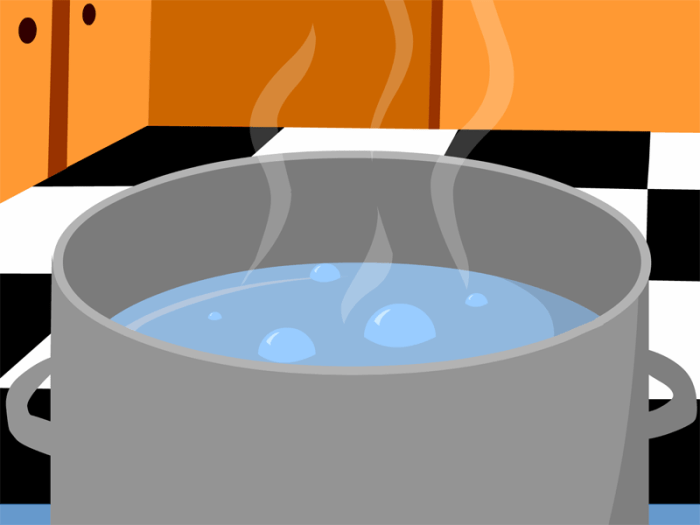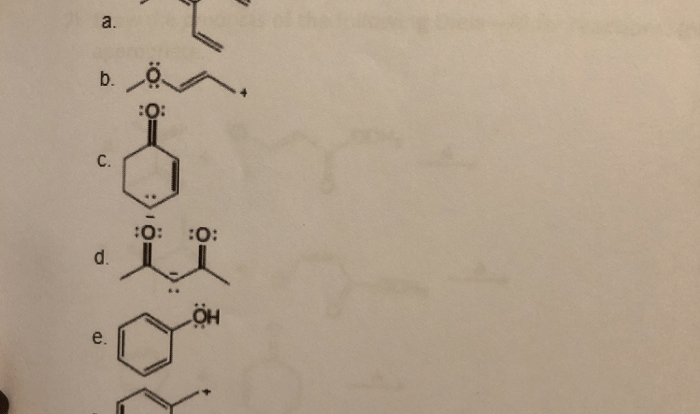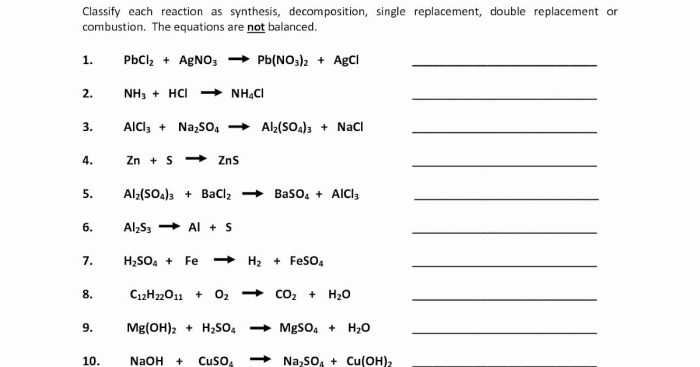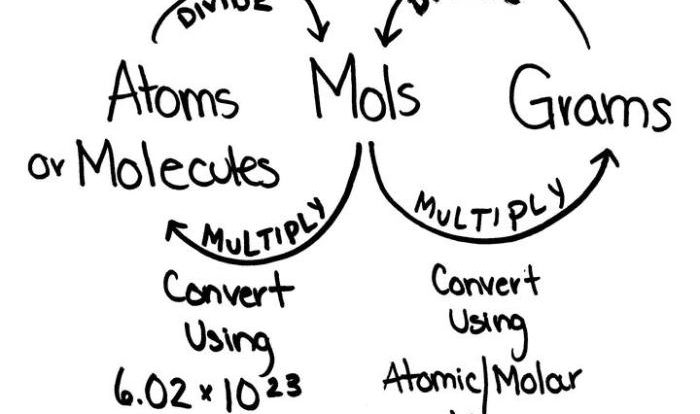Brainpop jr changing states of matter – Embark on an extraordinary expedition with BrainPOP Jr.’s exploration of matter’s transformative nature. This captivating narrative unravels the mysteries of matter’s three distinct states – solid, liquid, and gas – and delves into the fascinating processes that govern their interconversions.
From the intricate molecular structures that define each state to the energy dynamics that drive state changes, BrainPOP Jr. unveils the scientific principles that underpin these phenomena.
Matter and its States
Matter is anything that has mass and takes up space. It exists in three states: solid, liquid, and gas.
- Solidshave a definite shape and volume. Their molecules are closely packed together in a fixed arrangement.
- Liquidshave a definite volume but no definite shape. Their molecules are close together but can move around more freely than in solids.
- Gaseshave no definite shape or volume. Their molecules are far apart and move around very quickly.
Changing States of Matter
Matter can change from one state to another when it is heated or cooled.
- Meltingis the process of a solid changing to a liquid. This happens when the temperature of the solid is raised, causing its molecules to move around more and break free from their fixed arrangement.
- Freezingis the process of a liquid changing to a solid. This happens when the temperature of the liquid is lowered, causing its molecules to slow down and form a fixed arrangement.
- Evaporationis the process of a liquid changing to a gas. This happens when the temperature of the liquid is raised, causing its molecules to move around very quickly and escape from the liquid.
- Condensationis the process of a gas changing to a liquid. This happens when the temperature of the gas is lowered, causing its molecules to slow down and come together to form a liquid.
- Sublimationis the process of a solid changing directly to a gas without passing through the liquid state. This happens when the temperature of the solid is raised very quickly, causing its molecules to move around very quickly and escape from the solid.
Factors Affecting State Changes

The rate at which matter changes state depends on several factors:
- Temperature: The higher the temperature, the faster matter changes state.
- Pressure: The higher the pressure, the slower matter changes state.
- Particle size: Smaller particles change state more quickly than larger particles.
- Surface area: Matter with a larger surface area changes state more quickly than matter with a smaller surface area.
Applications of State Changes: Brainpop Jr Changing States Of Matter
State changes are used in a variety of technologies and industries:
- Refrigerationuses the process of evaporation to cool food and drinks.
- Air conditioninguses the process of condensation to remove heat from the air.
- Power plantsuse the process of combustion to convert fuel into energy.
Question Bank
What is matter?
Matter is anything that occupies space and has mass. It exists in three primary states: solid, liquid, and gas.
How do states of matter change?
States of matter change through processes such as melting, freezing, evaporation, condensation, and sublimation. These processes involve energy transfer and changes in molecular structure.
What factors affect state changes?
Temperature, pressure, particle size, and surface area influence the rate and direction of state changes.
How are state changes used in technology?
State changes are utilized in various technologies, including refrigeration, air conditioning, power plants, and chemical processing.




